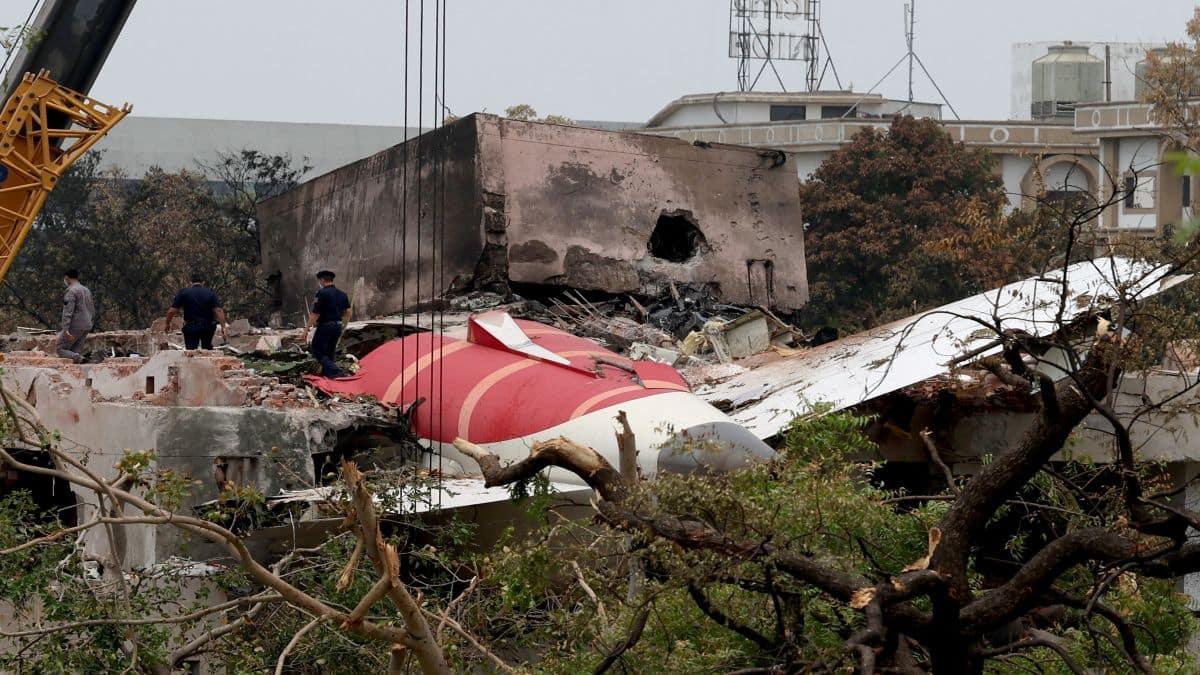

The recent Air India plane crash in Ahmedabad, where a Boeing 787 Dreamliner crashed shortly after takeoff, killing at least 270 people, has understandably raised concerns about the safety of air travel. While such incidents are tragic and generate widespread anxiety, it's important to examine the broader context of aviation safety to understand the actual risks involved.
A Statistical Perspective
Despite the inherent dangers and potential for catastrophic outcomes, flying remains statistically one of the safest modes of transportation. Over the decades, continuous improvements in aircraft design, engineering, maintenance, navigation aids, and safety protocols have drastically reduced accident rates. According to the International Air Transport Association (IATA), the all-accident rate in 2024 was 1.13 per million flights, which translates to one accident per 880,000 flights. Although this was a slight increase from the exceptional performance in 2023, it remains better than the five-year average.
Furthermore, the long-term trend demonstrates significant progress. A decade ago, the five-year average (2011-2015) was one accident for every 456,000 flights, compared to one accident for every 810,000 flights in the 2020-2024 period. This consistent improvement underscores the aviation industry's commitment to safety. When compared to other forms of transport, air travel is significantly safer than driving. For example, data from the United States shows that the number of deaths per passenger mile on commercial airlines is substantially lower than that of vehicle travel.
Factors Influencing Aviation Safety
A multitude of factors contribute to aviation safety, and accidents are rarely the result of a single cause. Investigations into air crashes typically involve a thorough examination of several key areas:
In the case of the recent Air India crash, investigators are focusing on several potential causes, including engine failure, pilot error, and possible foreign object damage. The recovery of the cockpit voice recorder and flight data recorder (the "black boxes") is a critical step in determining the sequence of events that led to the crash.
Addressing Concerns and Improving Safety
Following the Air India crash, authorities have ordered additional safety checks on the airline's Boeing 787 fleet. The investigation is being supported by international agencies, including the U.S. National Transportation Safety Board (NTSB) and the U.K.'s Civil Aviation Authority (CAA). Such collaborative efforts are crucial for identifying the root causes of accidents and implementing effective safety measures.
Furthermore, the aviation industry continuously invests in research and development to enhance safety. This includes developing advanced technologies, improving training programs, and implementing stricter regulations. Emphasis is placed on pilot training in human factors, situational awareness, and stress management.
While the Air India crash is a stark reminder of the risks associated with flying, it is important to remember that aviation safety has improved dramatically over the years. By learning from accidents and continuously striving to improve safety measures, the aviation industry can further minimize risks and ensure that air travel remains one of the safest modes of transportation.